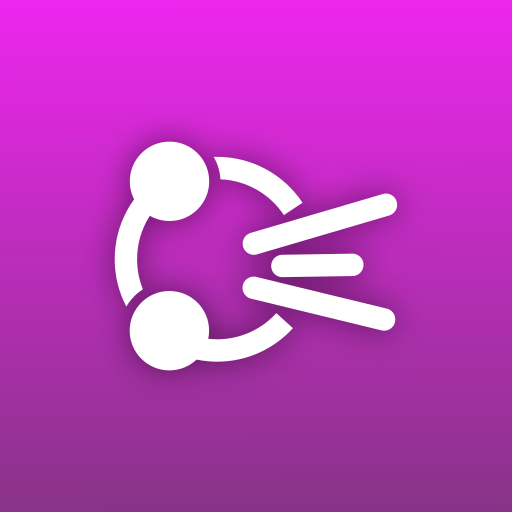
iOS 17 has taken what was initiated with iOS 16 and pushed the envelope further, introducing some exciting features that enhance the text-to-speech functionality. Let’s take a deeper look at what iOS 17 text to speech has in store for both developers and users alike.
New Dimensions to Voice Customization
Building on iOS 16’s introduction of a Premium quality tier for voices and enabling 3rd parties to distribute voices through the App Store, iOS 17 brings additional controls to personalize the experience. Users can now adjust both the pitch (referred to as Timbre for end-users, but still called pitch for developers) and Sentence Pause when utilizing voices with system tools like VoiceOver or Spoken Text.
Introducing Personal Voice: A Unique Feature
One of the standout additions in iOS 17 text to speech is the Personal Voice. This feature lets you create a custom voice based on someone’s reading of specified text. Initially designed to assist people losing their voice, the broader application might include capturing the voices of loved ones. Imagine having your child’s voice read to you through digital tools, bridging distances and creating a personal connection. Applications will need to update to support this, with Speech Central expected to be among the first to offer this capability after iOS 17’s release.
Stability Enhancements and Legacy
As transformative as iOS 16 was, it faced challenges with bugs in text to speech during its life cycle. iOS 17 seems to have overcome these hurdles, showing considerable stability with text to speech. No significant problems have been noticed with any system tool or app, particularly when testing the compatibility of Speech Central.
A Bright Future for iOS 17 Text to Speech
With these promising features, iOS 17 text to speech opens up a world of possibilities for developers and users. From enhancing accessibility to fostering personal connections through voices, the future of text to speech on iOS is filled with potential and innovation.